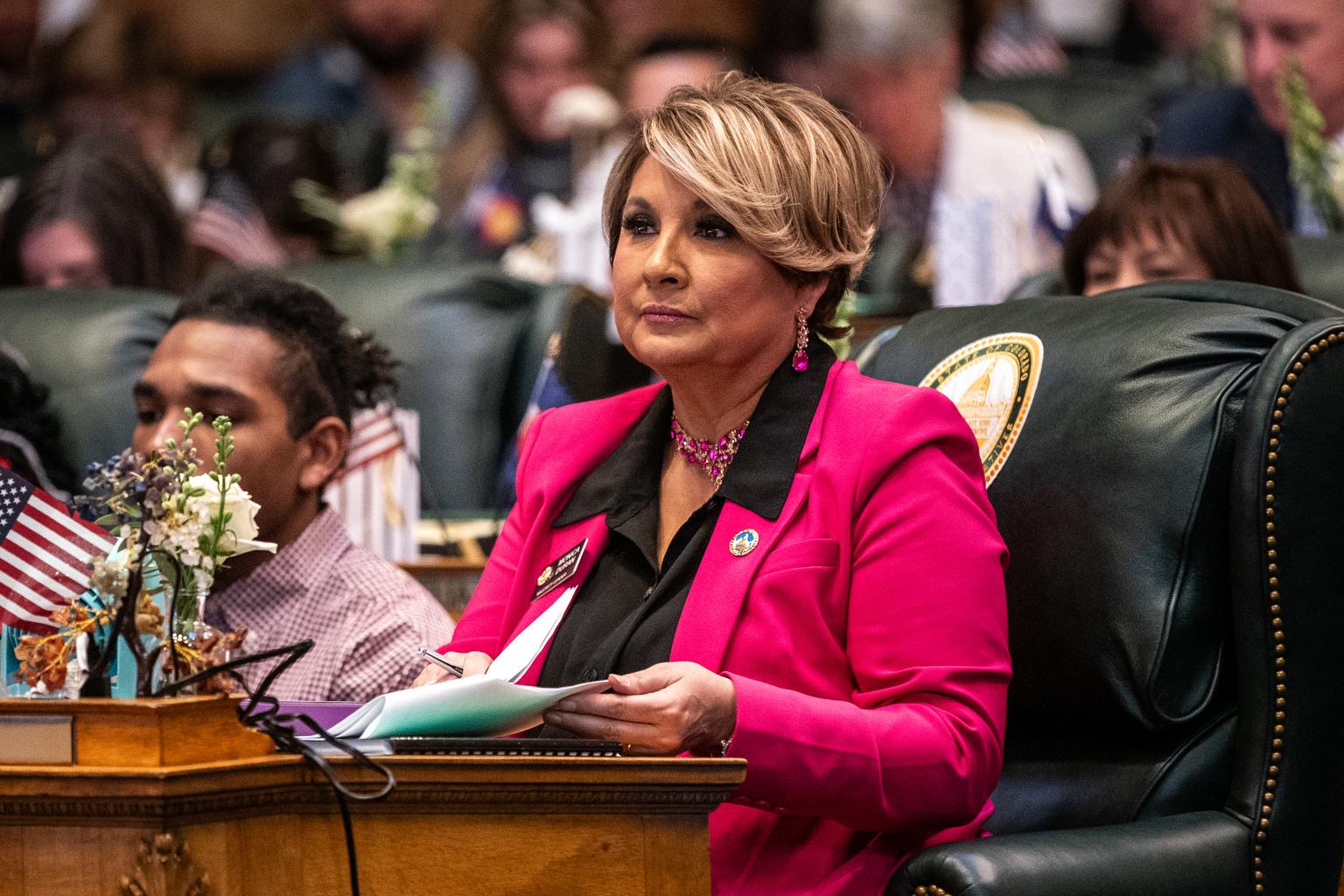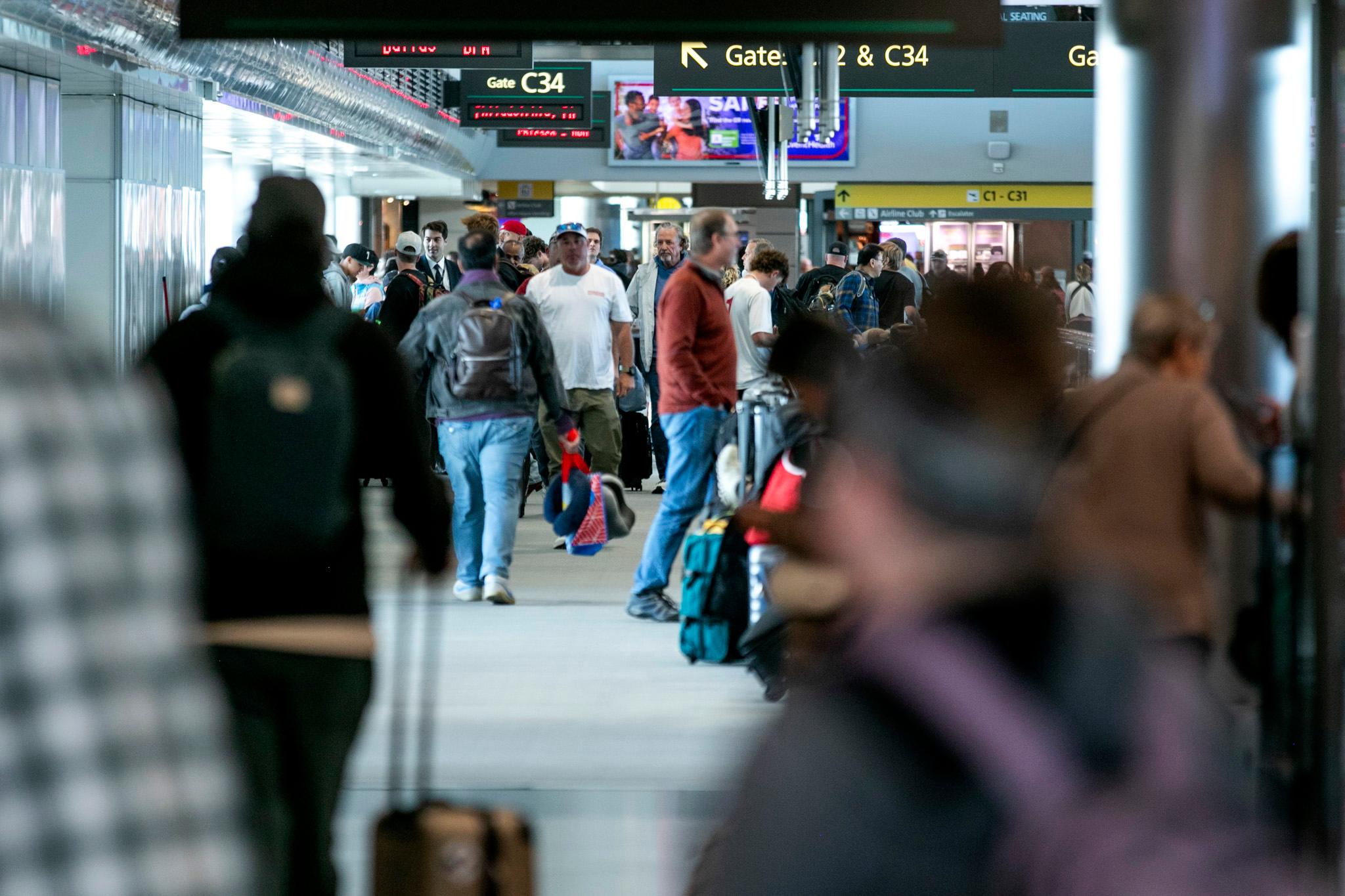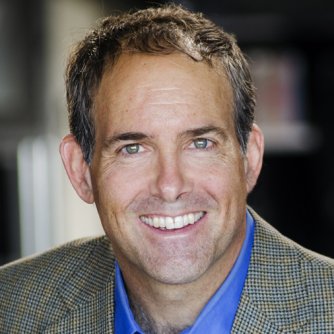
Fire departments across the state say they need more money.
According to a statewide fire service assessment out this month, 82 percent of departments surveyed last winter do not anticipate having adequate funding over the next two years.
The greatest reported needs were staff, new firefighting vehicles — such as trucks and engines — and an estimated $25 million in other equipment, according to the census of 194 state fire departments conducted last winter.
The South Metro Fire Rescue District is on that list. The Denver area fire department is anticipating a $50 million annual shortfall over the next decade as demand for services across parts of Arapahoe, Douglas and Jefferson counties continues to rise.
Calls for service are up 20 percent in the district since 2019, but without a way to fill that $50 million hole, the department has had to get creative to avoid cutting staff.
Its solution comes in the form of a proposed mill levy increase, or a change to the rate used to calculate property taxes. The measure will go before voters on the November ballot.
If approved, the owner of a $500,000 home would see an increase in their annual property tax, for example, of about $100. The change would add 3 mills to the district’s tax levy.
The proposal would add an estimated $50 million per year to the organization’s budget, clearing its forecasted budget shortfall.
Why is there a shortfall?
When Gov. Jared Polis signed HB24B‑1001 almost a year ago, advocates heralded it as tax relief the state desperately needed.
The bill cut property taxes for Colorado homeowners and businesses and capped how fast local governments can grow their tax revenue, but it also reduced the taxable base used to fund many local services, including the pot of money accessed by fire protection districts.
The legislature made several efforts during its regular session earlier this year to find additional funding for fire rescue districts. But with a $1.2 billion shortfall in the overall state budget, those efforts were unsuccessful. For now, the only relief will come from local measures like the mill levy proposal by South Metro.
The Division of Fire Prevention and Control, which conducted the census of departments, said in the report that it “will use the responses to help develop strategies to address the needs of the departments.” It also, however, confirmed that this is an undertaking that requires “creativity and the skills and the efforts of everyone engaged in or served by the Colorado Fire Service.”
According to the recent survey, the Colorado Fire Commission is pushing for more funding through grants appropriated by the legislature, but did not present additional solutions to the lack of funding statewide.
The inability to address the challenges will have significant consequences, including delayed response times, an increased risk to firefighters, higher insurance costs and a strain on mutual aid systems.









